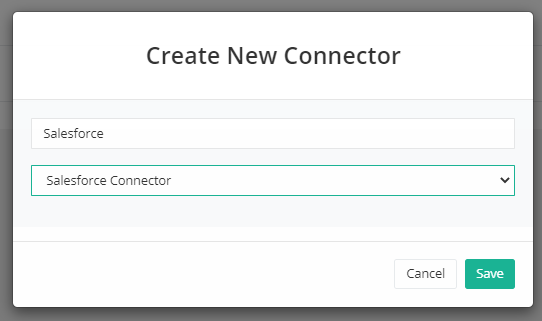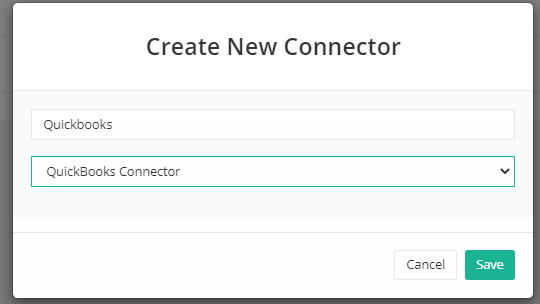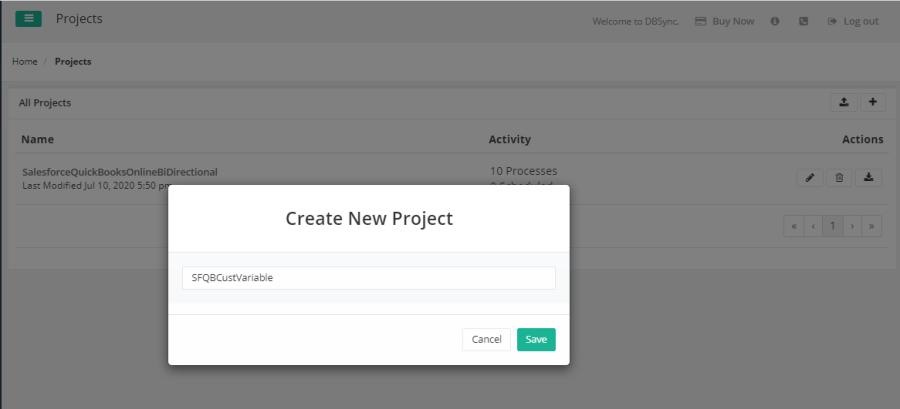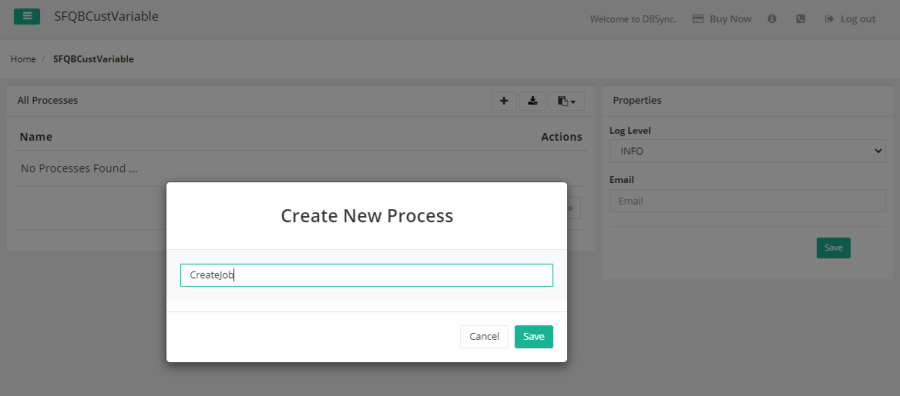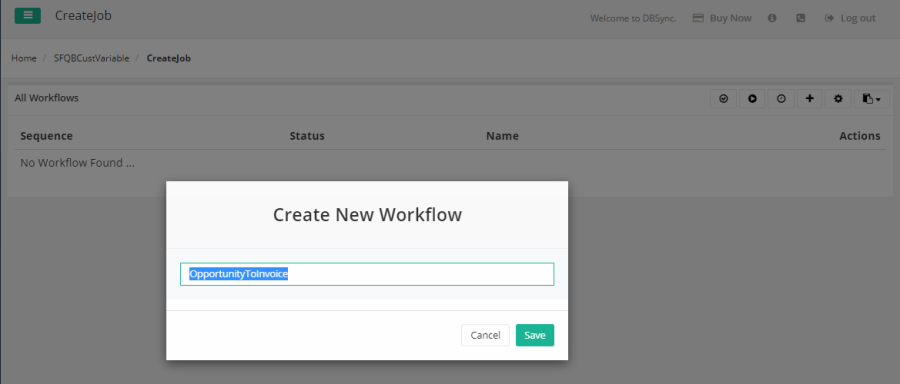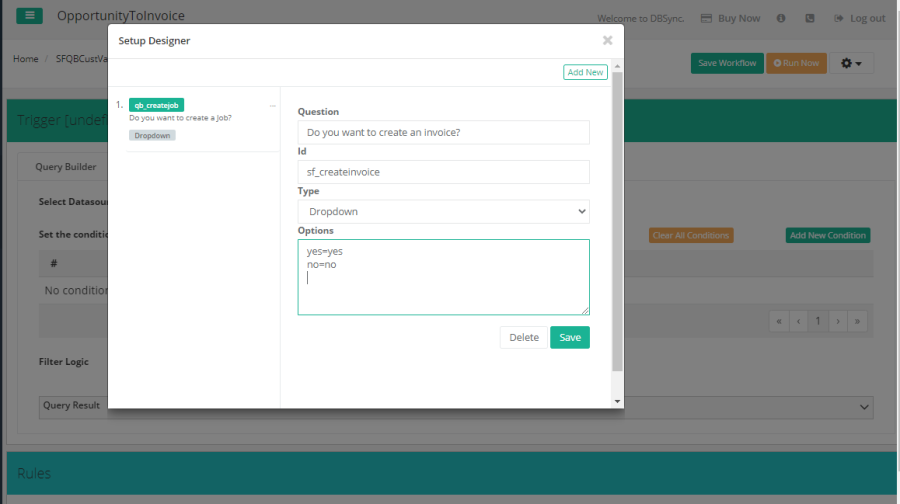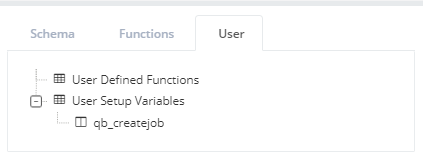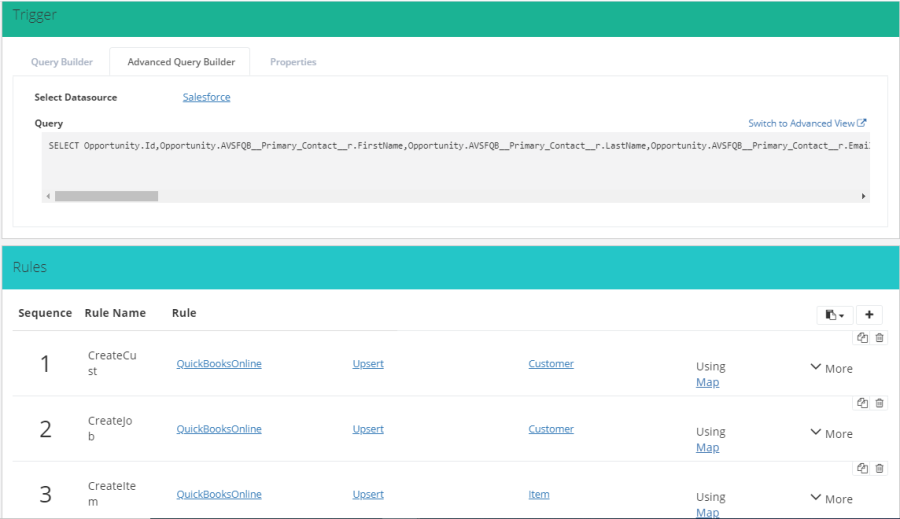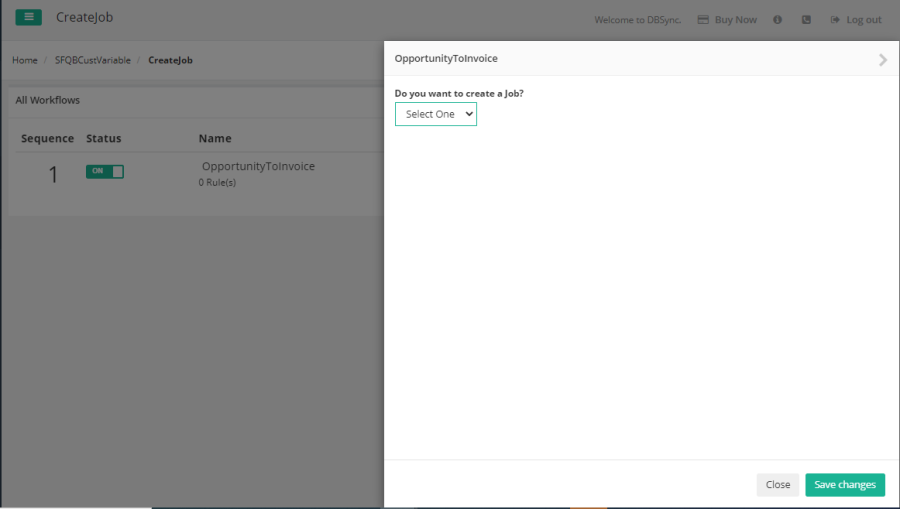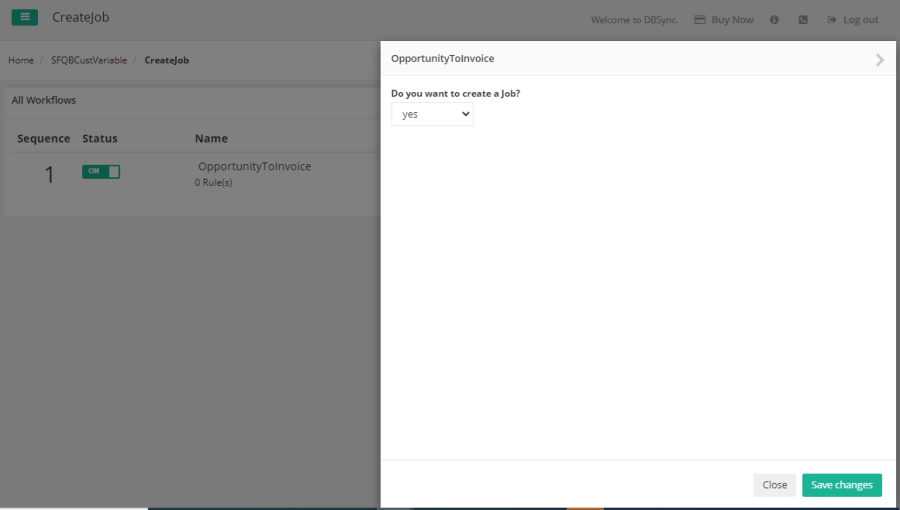2022
Page History
This setup document is very handy for Developers and Partners
Problem Statement:
While developing a widely used integration template, we often run into user specific customization. This leads to having the developer create templates for very tasks in which customization's are made per end user requirements. This makes the process every lengthy and tedious.
Motive:
This feature of Setup Wizard will enable developers to integrate with pre-templates to answer a few questions and easily get started.
With the help of Custom Variable creation, the end-user can now answer a few Custom questions and run the workflow as they desire. This automated process is one of a kind making the job easier for Developers and end-users making the system user friendly.
Aim:
To understand how to create a Custom Question with Custom Variables, let's consider an example
Need a custom variable, 'to Create Job or not' Under Opportunity of Salesforce developer instance with Invoice creation of QuickBooks sandbox. (online integration).
Steps:
- Login into your DBSync cloud workflow instance.
- Under Template Library > Using the link below, choose Salesforce & QuickBooks Online Bidirectional
https://staging.mydbsync.com/appcenter/wapi/30/ext/controller.pdl.PDLController/sys_adapter_list?adapterId=salesforce_quickbooks_online
On click of button, entire Workspace step up can be achieved by just a few clicks.
(Or)
The Step-by-Step process to create the Workspace is as follows:
Step 1: Adding Required Connectors
- Under the left Navigation, Click on Connectors tab.
- In the connectors module click on button, a pop opens up, where connector name and connector type are added.
- In case of our example, we require 2 Connectors - Salesforce and QuickBooks:
1.Connecting Salesforce
Step 1 : Post entering connector name and connector type as shown in the image below , click button.
This will Open to a new Tab, where the Salesforce instance connection will be established by adding your Salesforce Credentials.
2. Connecting QuickBooks
Post entering connector name and connector type as shown in the image below , click button.
This will Open to a new Tab, where the Quickbooks instance connection will be established by adding your QuickBooks Credentials.
Once the Connectors configuration setup is ready, let's start by creating a new Project by clicking on the Left Navigation > Projects tab.
It's always a good practice to start from creating a new project for new tasks, this way the exercise seems to be more effective.
Step 2: Creating a New Project - SFQBCustVariable
Step 3: Creating a New Process
Project 'SFQBCustVariable' > create a new Process – Createjob
Step 4: Creating a New Workflow
Process 'Createjob' > New Workflow is named 'OpportunityToInvoice' .
Defining a Custom Question and assigning a Variable to it.
The developer needs to create a custom variable by defining the ID, to tag along with the custom question which the user is expected to ask. With the help of this variable, the user (please view step 7), can now respond to the question and the expected result can be viewed in the respective instance immediately, by just 1 click.
In the Trigger Screen , At the top Navigation , click on to find the 'User Input form', where the custom task and the variable can be created.
- On Click of User Input Form , pop up stating 'Setup Designer' opens up with button in it.
- Click on Add new and fill in the details as per the requirement. In the below image, you can find an example of how it can be done.
Please note, the ID field is case sensitive.
- Post adding the details, click on button.
- And in the Workflow screen > click on .
Similarly, many custom variables can be added and saved based on need.
How to Access Custom Variables?
Also, the created ID - qb_createjob can be found on the right section, under User tab of the mapping screen as shown below,
Mapping Setup
Workflow 'OpportunityToInvoice', Edit the workflow > Trigger Setup
Here it is necessary to ensure the Connectors and the Rules are configured. Example instance is shown below,
Please note, in this example, Rules > Mapping Screen has to be altered. Fields inside the mapping have to be based on the requisite.
In our Example instance, Under Rules section > 2 Createjob - Click Map
Since the task is to Create a job or not as per user input, please note, custom variables can be accessed same as Source Schema variables, by using drag and drop feature or by double-clicking on a custom variable. Post addition of custom variables, the developer can make necessary changes in the mapping using this field as per expected output.
In our example instance, the following fields were altered in the Mapping Screen,
In the Mapping screen, post making the changes, click button.
The setup Wizard
- Go back to the Workflow page (1 level back), where a new button will be created.
- On click of the Setup button, a popup window with all the Custom questions that were set in the previous step will show up. Example of the same is depicted in the image below.
- Use the Setup button to choose the required action and click on button and then click .
- And 'Run' the Workflow.
Outcome of the Process
When the end-user uses these custom questions to perform a certain action, the outcome can be viewed in respective instances. Here we can view the result in QuickBooks instance. Under the Wizard, the outcome of the example custom question created with the help of a custom variable can be viewed below under Case 1 and Case 2.
Case 1: Let's consider that we choose 'Yes' to Create a Job in the Setup pop-up.
Post Saving the changes and Running the Workflow, the Output of this process in QuickBooks would be - Invoice will be created under Opportunity.
Case 2: Let's consider that we choose 'No' to Create a Job in the Setup pop-up.
Post Saving the changes and Running the Workflow, the Output of this process in QuickBooks
| Anchor | ||||
|---|---|---|---|---|
|
